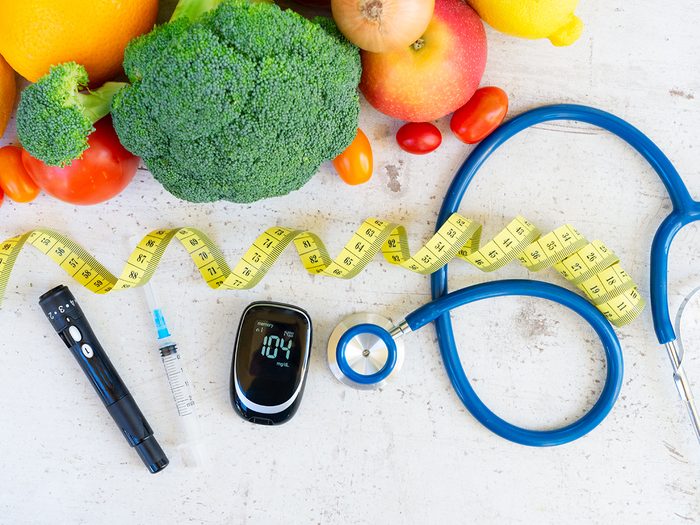
Metabolic Syndrome Criteria
In a 1988 lecture given in New Orleans and hosted by the American Diabetes Association, Dr. Gerald Reaven observed that the following health problems tend to show up together and might share a common cause: glucose intolerance, resistance to insulin-stimulated glucose uptake, high blood sugar, high triglycerides (a type of fat in the blood), high blood pressure and reduced high-density lipoprotein cholesterol (so-called good cholesterol). A large waist circumference is an additional risk factor. Anyone with at least three of these problems can be diagnosed with “metabolic syndrome,” a concept that grew out of Reaven’s talk.

Who Gets Metabolic Syndrome?
An estimated 20 to 30 per cent of the world’s population has metabolic syndrome. You can carry extra pounds without developing the syndrome, and the condition occurs in obese women at a lower rate than in obese men. “Until menopause, women have higher levels of estrogens, and this is associated with higher HDL cholesterol levels and lower triglyceride levels,” says Dr. Bruce Wolffenbuttel, a professor of endocrinology and metabolism at University Medical Center Groningen in the Netherlands. Metabolic syndrome is more likely when the fat is concentrated around the waistline, he adds, because this fat secretes more potentially harmful proteins.
Here are 20 symptoms you should never ignore.

What Causes Metabolic Syndrome?
There’s no consensus about the root causes of metabolic syndrome, although one common theory blames insulin resistance (when the body can’t respond to the hormone that helps move sugars from food into cells for energy, causing a cascade of imbalances). Often, insulin resistance is triggered by excess weight, plus a lack of physical activity.
Learn to spot the signs you need to move more.

The Dangers of Metabolic Syndrome
Metabolic syndrome sufferers have an above-average likelihood of developing type 2 diabetes (five times more likely) and cardiovascular disease (three times more likely) compared to the general population. The conditions involved in metabolic syndrome—hypertension, cholesterol imbalance and so on—each increase the chances of heart trouble on their own, but they may also amplify each other, creating an even greater cardiovascular disease risk.
Find out 50 everyday habits that slash your risk for heart disease.

Metabolic Syndrome Treatment
If you fit the metabolic syndrome criteria, your doctor may prescribe medications for the individual disorders. It’s also key to attack the entire cluster with an increase in exercise and a healthier diet—you’ll be aiming to lose about five to 10 per cent of your body weight over a year. With effort, the condition is reversible, and so are its risks.
Now that you know the metabolic syndrome criteria, find out what could happen when you start walking 10,000 steps a day.